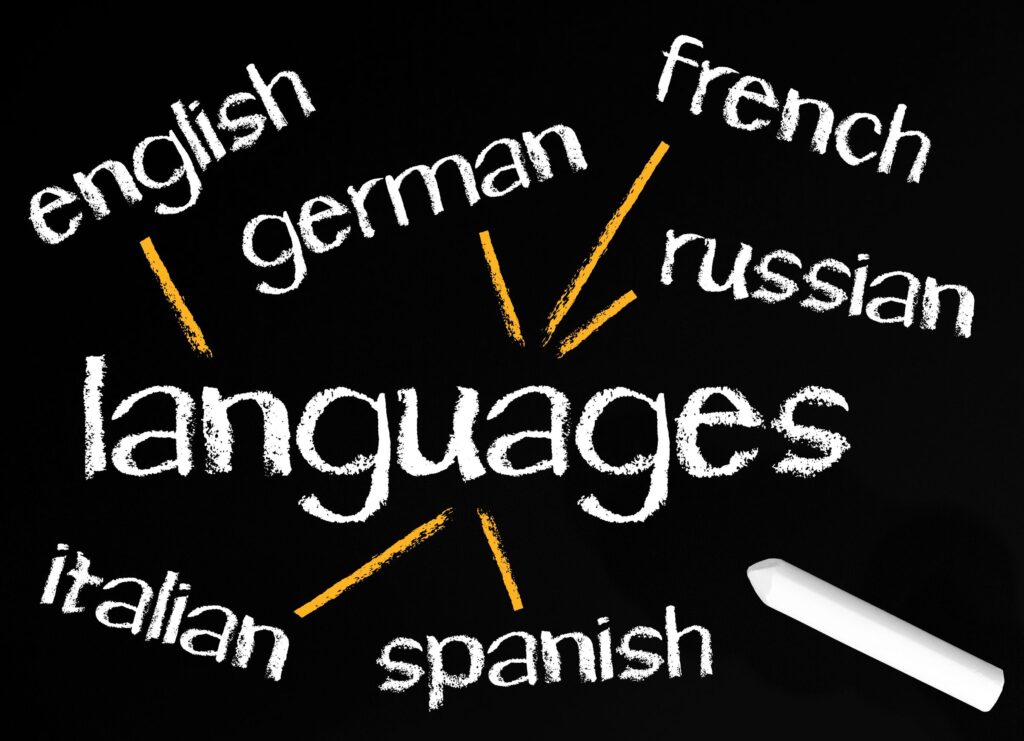[et_pb_section admin_label=”section”]
[et_pb_row admin_label=”row”]
[et_pb_column type=”4_4″][et_pb_text admin_label=”Text”]Globalization allowed more people from different cultures to access employment opportunities than ever before. With the language barrier, some misunderstandings can occur during business meetings. If the meeting is among colleagues, the misunderstandings can be discussed and resolved later.
The situation is more sensitive if the misunderstandings occur during a multicultural business meeting of stakeholders, where some words or phrases can take on a different meaning depending on the listeners. In such situations, the host must be prepared by ensuring that documents are translated into all the languages that the participants speak, and have professional interpreters for simultaneous or consecutive interpreting services if they involve several people.
For small groups confined to a conference room, the meeting host can provide whisper interpreters. Whisper interpreting, which is also called chuchotage, requires the interpreter to sit close to a person. Typically, the interpreter has portable interpreting equipment consisting of a tiny pocket transmitter with an around-the-neck or lapel microphone and receiver with headphones for the meeting attendees. This method is more economical because one interpreter can serve multiple participants speaking the same language.
What are the top examples of cultural differences at work?
It is beneficial for many companies and organizations serving international markets to have a multicultural workforce. However, you want to have harmony in the workplace, as some cultural differences are bound to surface when there is stress, misunderstanding, personal prejudice, assumptions, and tension.
A multicultural organization has people of different experience levels, economic backgrounds, education, ages and religions. Here are some of the factors that show the cultural differences in a diverse workplace.
Generational difference
Generation influences the values and outlook of people. There is bound to be a generational gap in the office, meaning that there will always be a difference of opinion between generations regarding values, politics and beliefs.
Baby boomers think and act differently from Generation X. The same is true between the millennials (Gen Y) and Gen Z.
Older generations have a different work ethic, professionalism, communication, collaboration, leadership, and workplace culture. Baby-boomers are loyal to their employers and want to have a long-term employment in one workplace. On the other hand, millennials want to seek various growth opportunities and tend to go from one company to another because work-life balance is more important. Likewise, the older generations tend to view millennials as the privileged generation that can be rude and irreverent.
Ethnicity
National and racial backgrounds can be a cause for friction among employees. In some cultures, it is all right to be more direct when communicating, while others are shy and do not want to share what they think. In some countries, people have to always defer to older people or those holding higher positions. They wait until their performance is recognized. In other cultures, they allow employees to be more active in taking initiatives and openly work for their promotion.
Religion
Religion is always a sensitive issue, and religious affiliation affects people’s values, which impacts their priorities, decision-making, and workplace behavior.
Education
The education level and experience affect how people perceive situations in the workplace. Educational experiences affect the way other people approach situations and solve problems. Some people may have different methodologies in solving problems. The results may be the same, but there may be differences in how they arrive at the solution.
Dress code
In some cultures, the wearing of veils and turbans is part of their religious observance since religion and traditions are inseparable and part of their national identity. The generational gap also influences the dress code. The younger generations typically want to dress casually, which does not sit well with older generations.
Teamwork
People are raised differently. Some are taught to be independent and do things on their own. Others accept delegation and working in teams. Baby-boomers and millennials are team-oriented, while those who belong to Gen X and Gen Z like to work independently.
How can cultural differences lead to misunderstandings at work?
In a multicultural workplace, some differences are bound to occur because of cultural differences. Sometimes, misunderstandings are unavoidable because of the difficulty in understanding co-workers whose language and cultural points of reference are different. While not intending to offend anybody, the difference in behaviors and emotional display can rub other persons differently, particularly when stress and other factors come into play.
Here are some of the differences that can be the cause of some misunderstandings in the workplace:
Difference in language
It is difficult for people from different cultures to communicate due to the language difference. Even if a co-worker can understand your language, it won’t be easy to convey complex concepts and emotions if the person is not fluent. When the foreign language speaker becomes stressed, the tendency is to think and speak in their native tongue. At other times, one person may have a different interpretation of the things they want to convey due to their cultural background.
Hostile and inaccurate stereotypes
Sometimes, people from other cultures have stereotypical assumptions. For example, some cultures think Americans are tolerant and friendly, while others believe that Americans are arrogant and impatient. It is very risky to have this kind of assumption because it can cause you to pre-judge people.
Behavioral differences
Misunderstandings can occur among multicultural employees because of their understanding of appropriate behavior, which stems from their parents’ teachings and their traditions, customs and beliefs.
In some cultures, looking at the eyes of the person you are talking to is a rude gesture. It will be considered disrespectful in other cultures if you do not look at the person talking to you in the eyes. Some people want to have a small talk before you turn down a business proposal. Others would rather get to the point, so they will know what to do next immediately.
Many people want to have some personal space while talking to people, whereas in other cultures, they prefer to stand close to the person they are talking with.
Displaying too little or too much emotion
Each culture has a different way of displaying its emotions. In some countries, it is considered inappropriate to display frustration, fear or anger in the workplace. They have to hide their emotions and only react to the factual aspects. Some cultures do not keep their emotions in check and will let you know how they feel.
How can you avoid misunderstandings when working with diversified meeting attendees?
One of the most effective ways to overcome misunderstandings during a multicultural business meeting is to understand all the participants’ nature. The host should learn the attendees’ cultural backgrounds and group those from similar cultures.
Since the common denominator is the language difference, the business meeting host should provide professional interpreters in all the languages the participants speak.
Likewise, the host should let the participants know who the attendees are and practice some business etiquette. It is important to address some issues beforehand, letting the participants know of some of the cultural differences, expectations, and communication methods. By providing them the essential cultural information and manners, such as active listening, observance of personal space, and ways to greet colleagues, the participants will have a good idea of how to act and what to expect from the participants.
Bridge the cultural and communication gap with professional translation and interpreting services – Partner with us!
You cannot afford to commit a business faux pas. Thus, it is vital to provide your business colleagues with professionally translated documents and experienced interpreters when you’re hosting a multicultural meeting. Allow eTranslation Services to help you properly communicate and convey your message clearly and accurately. Our native-speaking translators and interpreters with subject matter expertise live in-country and available to serve your needs in your time zone. For high-quality language services, please send us an email at [email protected] or call us at (800) 882-6058.[/et_pb_text][/et_pb_column]
[/et_pb_row]
[/et_pb_section]



